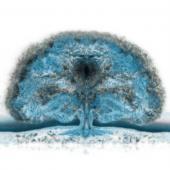
Tier 1 vs. Tier 2
Started by
Carl-Richard,
122 posts in this topic
Create an account or sign in to comment
You need to be a member in order to leave a comment

Started by
Carl-Richard,
You need to be a member in order to leave a comment